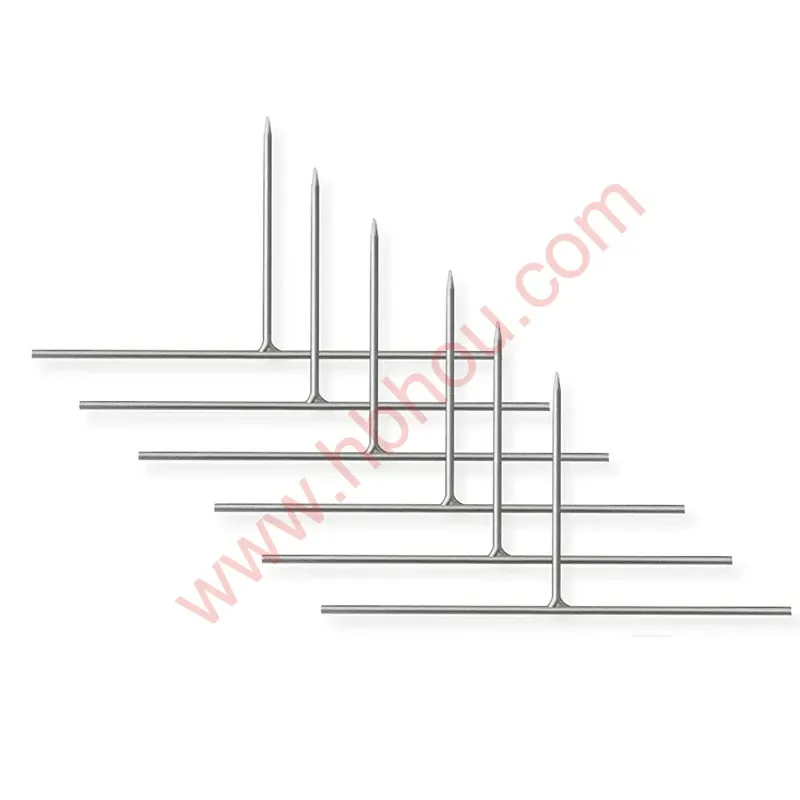Chain Link Fence Repair A Comprehensive Guide
Chain link fences are a popular choice for both residential and commercial properties due to their durability, affordability, and low maintenance requirements. However, like any other structure, they may require repairs over time due to wear and tear, weather damage, or accidents. This article aims to provide a detailed guide on how to repair a chain link fence effectively and efficiently.
Understanding Chain Link Fences
Before diving into the repair process, it’s essential to understand the basic components of a chain link fence. It typically consists of several parts the chain link fabric (the mesh itself), the posts (vertical supports), top rails (horizontal support running along the top), tension wires, and gates. Understanding these components will help you identify which part may need repair.
Common Issues and Their Solutions
1. Damaged Chain Link Fabric Over time, the fabric of a chain link fence can become torn or stretched. In most cases, these issues can be fixed without replacing the entire fence. For small tears, you can use wire to knot the fabric back together securely. For larger damages, you may need to replace the affected section
- Cutting the Damaged Section Use wire cutters to remove the damaged section of the chain link. - Measuring and Cutting New Fabric Purchase a new piece of chain link fabric that matches the gauge and length of the original. Cut it accordingly. - Attaching the New Fabric Use tie wires to attach the new fabric to existing posts and rails.
2. Wobbly or Leaning Posts Posts are the backbone of any chain link fence. If they become loose or wobbly, it’s important to address this issue promptly
- Digging Around the Base Use a post hole digger or shovel to dig around the base of the loose post. - Reinforcing the Post If the post is still stable, add concrete mix around its base. If it’s damaged, replace it by digging out the old post and setting a new one in concrete.
chain link fence repair

3. Rust and Corrosion Chain link fences, usually galvanized, can still develop rust, particularly in areas of high moisture. Depending on the extent of the rust, you may need to
- Cleaning the Rusted Area Use a wire brush or sandpaper to remove rust from the affected areas. Be sure to wear protective gear for safety. - Applying Rust Inhibitor After cleaning, apply a rust inhibitor or primer designed for metal to prevent further corrosion. - Repainting If necessary, apply outdoor paint suitable for metal surfaces to restore the look and add a protective coating.
4. Broken or Bent Top Rails If the top rail of your chain link fence is bent, it can compromise the integrity and aesthetics of the fence
- Assessing the Damage Depending on the severity of the damage, you may be able to bend it back into shape. - Replacing the Top Rail If straightening the rail isn’t feasible, cut the damaged section and replace it. Ensure the new rail is securely attached to the existing posts.
Safety Precautions
When undertaking any repairs, always keep safety in mind. Wear gloves and safety goggles to protect yourself from sharp edges and flying debris. If the damage is extensive or involves heavy lifting, consider hiring a professional to ensure it’s done safely and effectively.
Conclusion
Maintaining and repairing a chain link fence can preserve its functionality and appearance for years to come. By understanding common issues and employing the proper repair techniques, homeowners can save money and extend the lifespan of their fence. Remember that regular maintenance checks can prevent larger issues, ensuring your fence remains a reliable boundary or security feature for your property. Whether you’re dealing with small repairs or major overhauls, a little effort can go a long way in keeping your chain link fence in top shape.
















